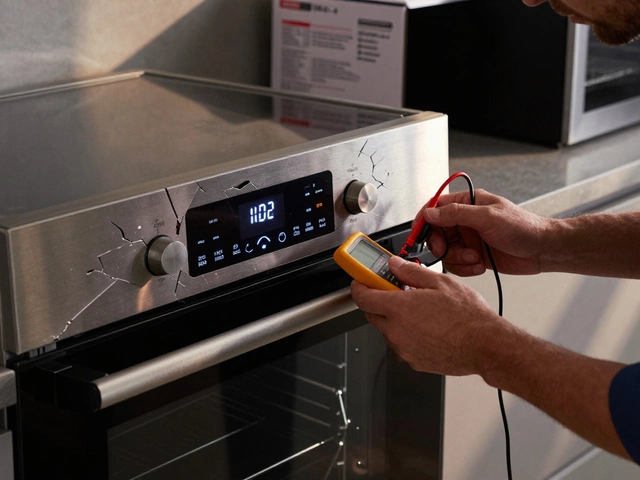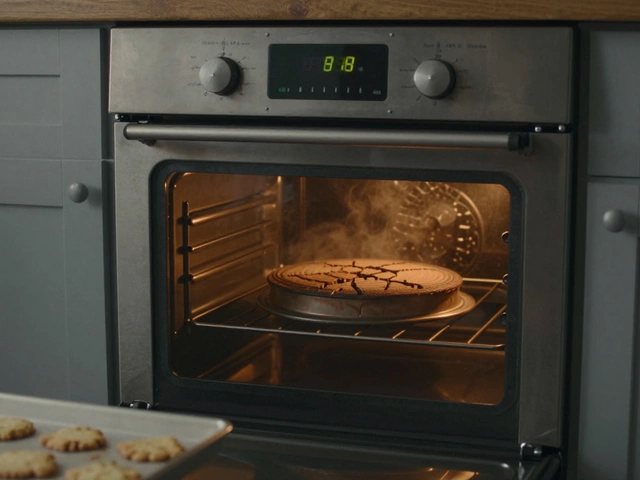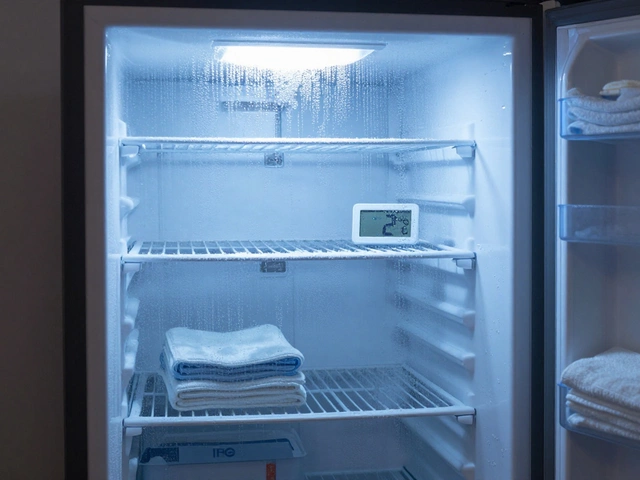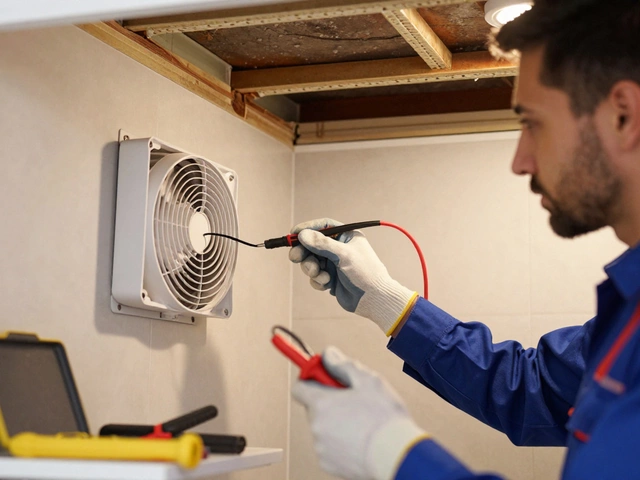Kitchen Appliance Lifespan: How Long Do Your Kitchen Gadgets Last?
When your fridge stops cooling or the oven won’t heat, the first thing you wonder is "how long should this have lasted?" Knowing the typical lifespan of each appliance helps you decide whether to repair or replace, and it saves money in the long run.
Common Lifespans for Major Kitchen Appliances
Here’s a quick cheat sheet based on real repair data:
- Refrigerator: 10‑15 years. The compressor is the costliest part, so if it fails after 12 years the repair bill may be high.
- Freezer (stand‑alone): 10‑14 years. Frost buildup and a noisy fan often signal the end.
- Oven (electric or gas): 12‑20 years. Elements and thermostats wear out; control boards can be pricey after 15 years.
- Microwave: 7‑10 years. Magnetron failure is the main culprit and usually means replacement.
- Dishwasher: 9‑12 years. Look for persistent leaks or a pump that struggles.
- Extractor or kitchen fan: 8‑12 years. Motor burnout shows up as a humming noise then silence.
These numbers aren’t set in stone—how you use and care for the appliance makes a huge difference.
Everyday Maintenance to Stretch Their Life
Simple habits add years to any gadget. Keep the fridge coils clean and check the door seal monthly; a tight seal saves energy and prevents the compressor from overworking. For ovens, wipe spills right away and avoid slamming the door; that protects the hinges and the heating elements.
Microwaves benefit from a quick interior wipe after each use and a check on the door latch—if the latch is loose the magnetron can overheat. Dishwashers run best when you clean the filter and run a hot‑water cycle every few weeks to clear limescale.
Fans and extractor units only need a dust‑off every six months and a quick motor spin check—if the blades wobble, replace the bearing before it burns out.
Regular professional service isn’t always necessary, but a yearly check‑up when you’re already planning a repair can catch small problems early. A tiny sensor fault in a fridge can become a costly compressor swap if ignored.
When an appliance starts showing the classic signs—noisy operation, inconsistent performance, or frequent error codes—it’s time to weigh repair costs against the average lifespan. If a fridge over 13 years needs a new compressor, the repair can approach the price of a new, energy‑efficient model.
In short, know your appliance’s age, watch for warning signs, and keep up with the easy cleaning steps. Those habits usually add three to five years before you face a major repair decision.
28 September 2025
·
0 Comments
Explore the average lifespan of electric hobs, factors that affect durability, maintenance tips, repair vs replacement advice, and how to choose a long‑lasting model.
Read more






